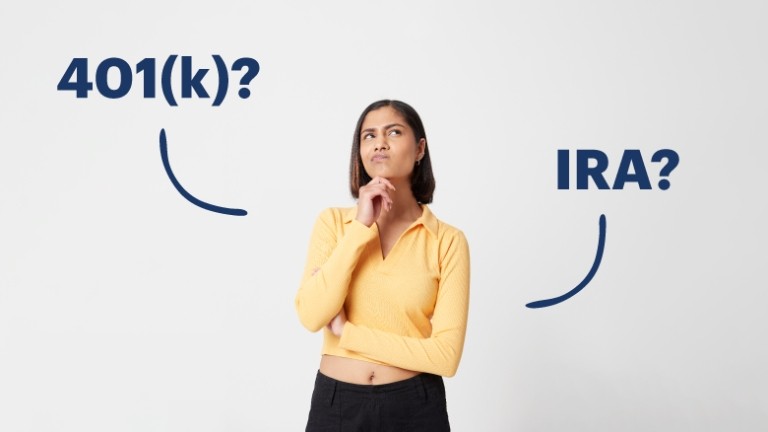The new year is a special time. New beginnings. New possibilities. New retirement contribution limits.
That’s right, the Internal Revenue Service has released new limits for certain retirement accounts for the coming year.
Magical, right?
So let’s talk about these changes. Keep in mind that this update is for informational purposes only. You should consult with an accounting or tax professional before making any changes to your 2023 tax strategy. You can also contact your financial professional, who may be able to provide you with more information about the pending changes.
Individual retirement accounts (IRAs)
If you have a traditional IRA and you’re under the age of 50, your contribution limit will increase by $500 in 2023, bringing it to $6,500. Catch-up contributions for people over age 50 remain at $1,000, bringing the total limit to $7,500.
Financial wellness tip: You can make 2022 IRA contributions up until April 18, 2023 (Tax Day), so there’s still time to make contributions to offset your tax liability for 2022.
Roth IRAs
The income phase-out range for Roth IRA contributions will increase to $138,000–$153,000 for single filers and heads of household in 2023 — a $9,000 increase. For married couples filing jointly, phase-out will be $218,000 to $228,000, a $14,000 increase. Married individuals filing separately see their phase-out range remain at $0–10,000.
To qualify for the tax-free and penalty-free withdrawal of earnings, Roth 401(k) distributions must meet a five-year holding requirement and occur after age 59½. Tax-free and penalty-free withdrawals can also be taken under certain other circumstances, such as the owner's death.
Workplace retirement accounts
Those with 401(k), 403(b), 457 plans and similar accounts will see a $2,000 increase for 2023, raising the limit to $22,500. People 50 and older will have the ability to contribute an extra $7,500, bringing their total limit to $30,000.
SIMPLE accounts
A $1,500 increase in limits for 2023 gives individuals contributing to this incentive match plan a $15,500 stoplight.
As a reminder, this article is for informational purposes only. Consult with an accounting or tax professional before making any changes to your 2023 tax strategy.
Required minimum distributions
Remember, once you reach age 72, you must begin taking required minimum distributions in the case of a traditional IRA, workplace retirement account or SIMPLE account. Withdrawals are taxed as ordinary income. If taken before age 59½, withdrawals may be subject to a 10% federal income tax penalty.
If this is new to you (or news to you), our Investment Services team can help you navigate these required withdrawals and plan your financial future in the short- and long-term. In fact, no matter where you’re headed on your financial journey, they can help you create a roadmap to get you there.
The content is developed from sources believed to be providing accurate information. The information in this material is not intended as tax or legal advice. It may not be used for the purpose of avoiding any federal tax penalties. Please consult legal or tax professionals for specific information regarding your individual situation. This material was developed and produced by FMG Suite to provide information on a topic that may be of interest. FMG, LLC, is not affiliated with the named broker-dealer, state- or SEC-registered investment advisory firm. The opinions expressed and material provided are for general information and should not be considered a solicitation for the purchase or sale of any security. Copyright 2022 FMG Suite.
This information is not intended to be a substitute for specific individualized tax, legal, or investment planning advice. Please consult a tax professional for details.


